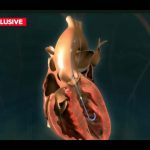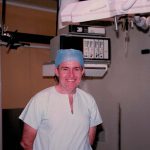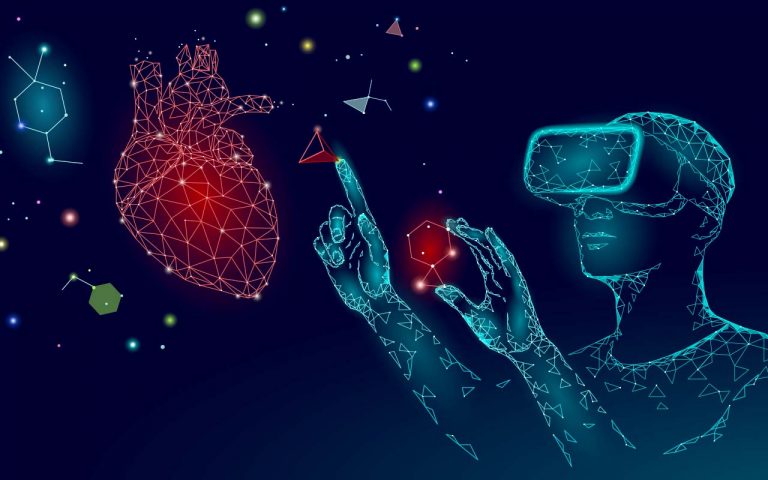How the Baird Institute is undertaking world first research to address the high mortality rate from diseases of the heart and lungs.
Heart disease is the number one cause of death among Australians according to the Australian Bureau of Statistics who, on Wednesday, reported 17,533 deaths from Heart Disease in 2018. This averages out to roughly 48 people per day.
Despite this dire statistic, the ABS also reported a decrease in Heart Disease mortality rates of 22.4% since 2009.
Continuing to help reduce these statistics is The Baird Institute’s reason for existing and they are currently doing this in new and revolutionary ways.
In a world first project, The Baird Institute for applied heart and lung surgical research in Sydney are teaming up with virtual reality start-up Vantari VR to build a tool which will take surgeons on a virtual tour of patients’ bodies prior to heart surgery.
The potential of this technology is revolutionary for the surgical landscape, both as a surgical aid, and when used as a training tool.
The team’s goal is to eventually be able to scan and assess acutely ill patients within minutes on the operating table. This will allow surgeons to visualise their patients’ medical situation in real time; thus enabling them to regard and investigate their condition from various angles prior to operating.
The aim is to improve surgical planning, speed and accuracy, resulting in better outcomes for patients.
Clinical trials are already showing that VR can reduce surgical planning time by up to 40% and increase surgical accuracy by 10%.
Vantari VR is currently developing the core technology which takes CT and MRI scan data and converts it into 3D models in the virtual reality environment, so that it can be made visible through 3D goggles.
Founded by two young doctors, Dr Vijay Paul and Dr Nishanth Krishnananthan, Vantari VR is considered to be one of Australia’s leading medical technology start-ups.
“The work we are doing with Professor Bannon (from The Baird Institute) is for surgical planning of Aortic Dissection Surgery,” said Dr Vijay Paul.
“The software provides the 3D render but also has powerful algorithms, tools, user interface and overlay functions which allows the surgeon to plan the surgery in a way that has never before been done before.”
The software will be used in the pre-op setting but ultimately the vision is for implementation within the Hybrid Theatre setting with MRI machines.
This combination of VR, MRI and robotics is the basis for the future of surgery.
Chair of The Baird Institute, Professor Paul Bannon, who is also the Director of the RPA Surgical and Robotic Training Institute at Royal Prince Alfred Hospital and Co-Chair of the Institute of Academic Surgery there; explains that although they are already using VR to “walk through” the human heart in 3D, this new technology will be a real game changer and he’s looking even further ahead to combining it with robotics.
To achieve these goals, push the boundaries of today and realise the possibilities for future surgery, however, The Baird Institute needs to guarantee funding for their team.
The Baird Institute receives no government funding and relies solely on donations for their life-saving work.
To see more about their future technology:











